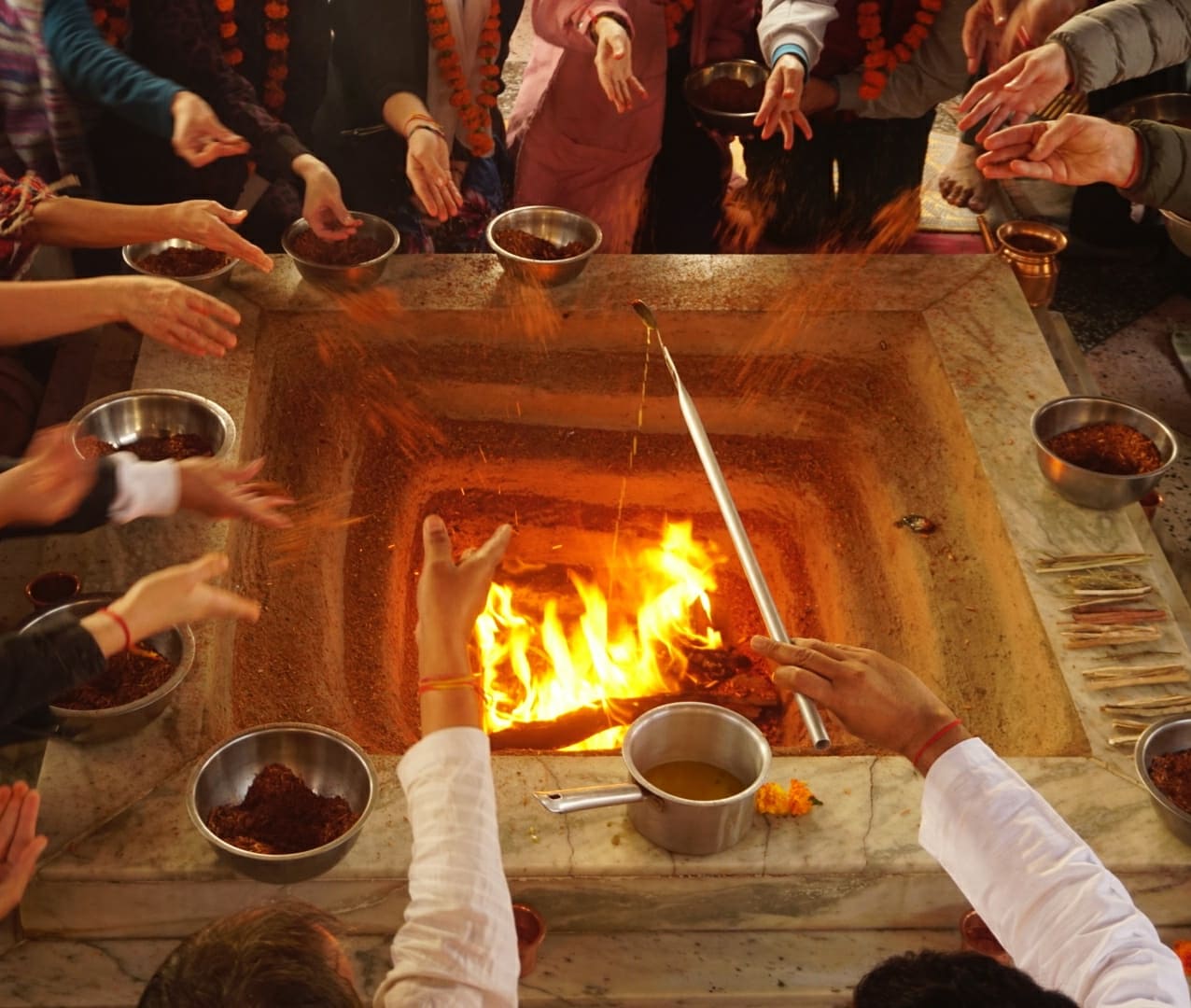


The Sanskrit word Bhakti comes from the root Bhaj, which means “to adore or worship God.” Bhakti-Yoga has been called “love for love's sake” and "union through love and devotion." Bhakti yoga, like any other form of yoga, is a path to self-realization, to having an experience of oneness with everything.
Who follow Bhakti-Yoga don't see themselves as separate from one another or from any other part of the universe, thereby enhancing feelings of love and unity.
Bhakti yoga is sometimes referred to as the "path of the heart", and practitioners may use chanting, devotional mantras, prayer, Kirtan and rituals as part of their worship.
When the river meets the ocean, it recognizes it was the ocean from the beginning until the end. In the same way, the moment a devotee surrenders to the Divine; he or she becomes the Divine."
There are nine main practices of Bhakti Yoga that can be practiced independently or together. Each of these limbs creates a specific bhava (feeling) that appeals to different inner constitutions of practitioners.
The nine ways to practice Bhakti-Yoga:
The most popular limb of Bhakti Yoga is Kirtana (usually called Kirtan), with national and local Kirtan walas performing weekly in small to large cities. Bhakti Yoga can be practiced by itself or be integrated into other types of yoga or spiritual practices.
A devotee can practice any method of Bhakti which suits him best. Through that he will attain Divine illumination.